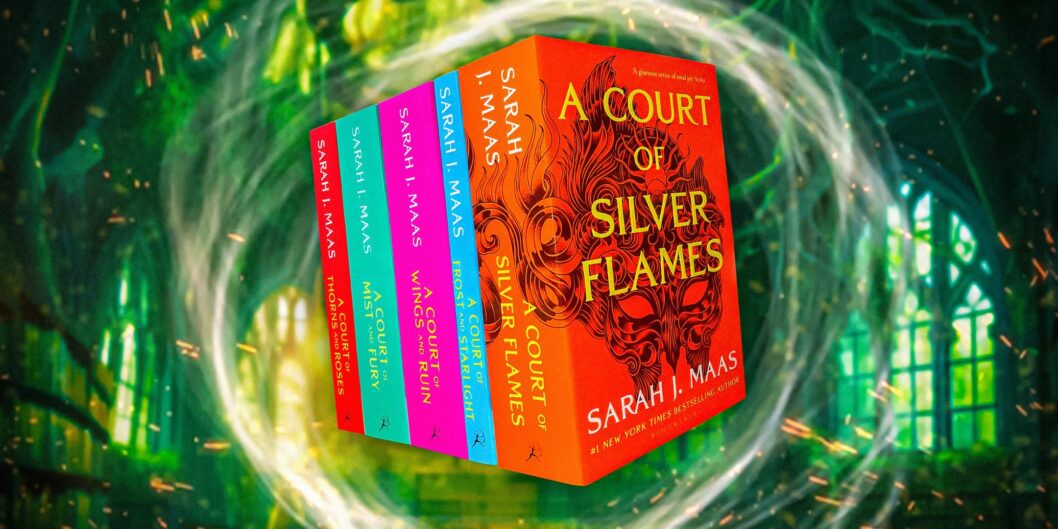High Lords of Prythian: Power and Influence in the ‘A Court of Thorns and Roses’ Series
The expansive universe of Sarah J. Maas’s A Court of Thorns and Roses (ACOTAR) series introduces readers to a intricate hierarchy of magical rulers, known as the High Lords of Prythian. Each lord governs a distinct court and wields unique powers, contributing to a richly woven narrative. As fans await the next installment in the series, the call for deeper exploration of these characters intensifies. This article provides insights into the notable powers and roles of the High Lords within the series, highlighting notable quotes and powers transferred to protagonist Feyre Archeron.
The Notable High Lords of Prythian
1. Rhysand – Night Court
Rhysand, often regarded as the most powerful High Lord in Prythian, possesses a complex lineage as a half-High Fae and half-Illyrian. His abilities include:
-
Powers:
- Winnowing
- Shapeshifting into a bestial form
- Manipulation of darkness and shadows
- Daemati abilities, which allow him to enter and manipulate the minds of others.
- Vaporization of enemies into mist
- Illyrian combat prowess and the ability to conjure wings for flight.
- Powers given to Feyre: Dark manipulation and Daemati abilities.
His character illustrates the theme of power intertwined with responsibility, as he bears the significant weight of leadership.
2. Helion – Day Court
Helion, the High Lord of the Day Court, stands as a formidable counterpart to Rhysand, with powers attuned to light:
-
Powers:
- Winnowing
- Light manipulation that allows him to break spells, detect illusions, and even perform minor healing.
- Powers given to Feyre: Light manipulation and ability to break curses.
His powers symbolize the balance between light and dark, showcasing the dichotomy present in the series.
3. Thesan – Dawn Court
Thesan is portrayed as a mystery within the series, with a focus on his healing capabilities. While not much is revealed, he is known for his:
-
Powers:
- Major Healing
- Powers given to Feyre: Healing.
Thesan represents hope and restoration, making his character vital for potential future narratives.
4. Tamlin – Spring Court
Despite his current disgrace, Tamlin remains a key contender in the series:
-
Powers:
- Winnowing
- Shapeshifting, allowing him to morph into other forms effortlessly.
- Illusions and glamour magic alongside some healing abilities.
- Powers given to Feyre: Shapeshifting and mimic abilities.
Tamlin’s journey reflects themes of redemption and complexity in relationships, particularly with Feyre.
5. Tarquin – Summer Court
Tarquin, the youngest High Lord, is still developing his powers, notably:
-
Powers:
- Water manipulation, capable of creating powerful waves.
- Powers given to Feyre: Water manipulation.
His character can indicate future growth and undiscovered potential within the series.
6. Beron – Autumn Court
Beron, characterized by his ruthlessness, commands fire manipulation:
-
Powers:
- Limited Healing and fire manipulation capabilities.
- Powers given to Feyre: Fire manipulation.
His cold demeanor and tactical prowess serve as a stark contrast to the more empathetic High Lords.
7. Kallias – Winter Court
Kallias wields ice and snow powers, fitting for his seasonal dominion:
-
Powers:
- Ice manipulation, including creation from water vapor.
- Powers given to Feyre: Ice manipulation.
His abilities enhance the elemental aspect of the series, showcasing the diversity of power among the High Lords.
Significance and Anticipation
As readers await the next chapters in the A Court of Thorns and Roses saga, the underexplored dynamics and powers of these High Lords create anticipation for richer storytelling. The depth of their abilities directly influences the overarching narrative, highlighting critical themes of power, responsibility, and redemption.
With each High Lord representing different realms of magic and character traits, Maas has woven a tapestry rich with potential for further development. Fans eagerly speculate about future revelations, particularly regarding the less pronounced characters like Thesan and Tarquin.
Ultimately, the reader’s familiarity with the High Lords’ powers could shape their understanding of essential plot developments to come, making their next appearances pivotal in the ever-expanding fantasy universe of ACOTAR.
The Court of Thorns and Roses series remains an outstanding endeavor in modern fantasy literature, and the compelling nature of its characters, especially the High Lords, exemplifies the weighty interaction between power, morality, and human experience. As anticipation for the next installment builds, readers are left to ponder the full extent of each character’s abilities and their potential transformations in the ongoing saga.









